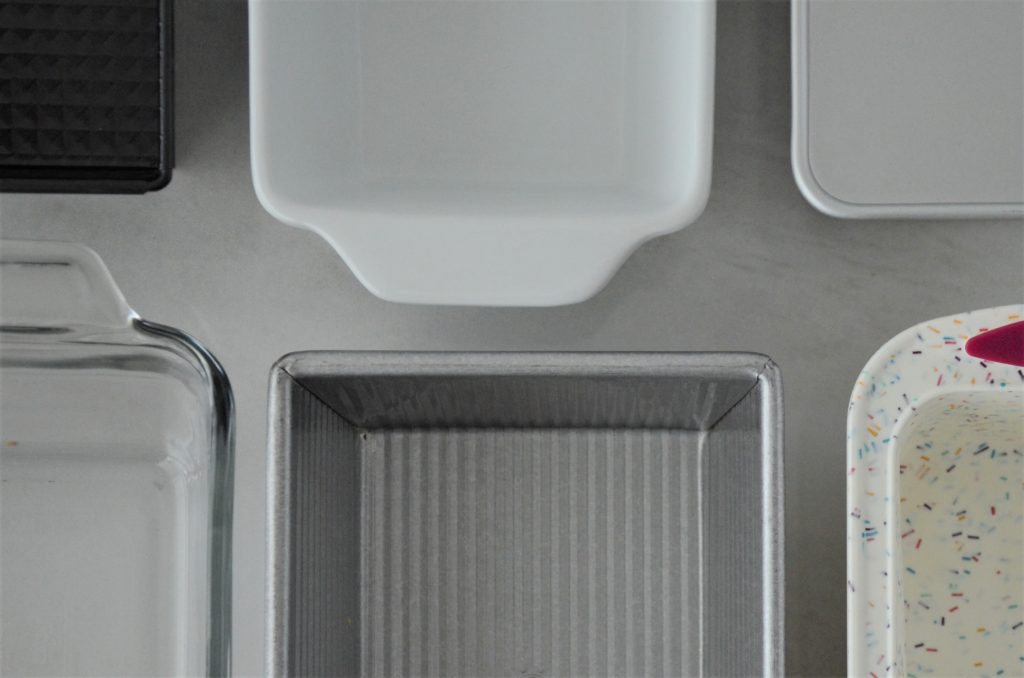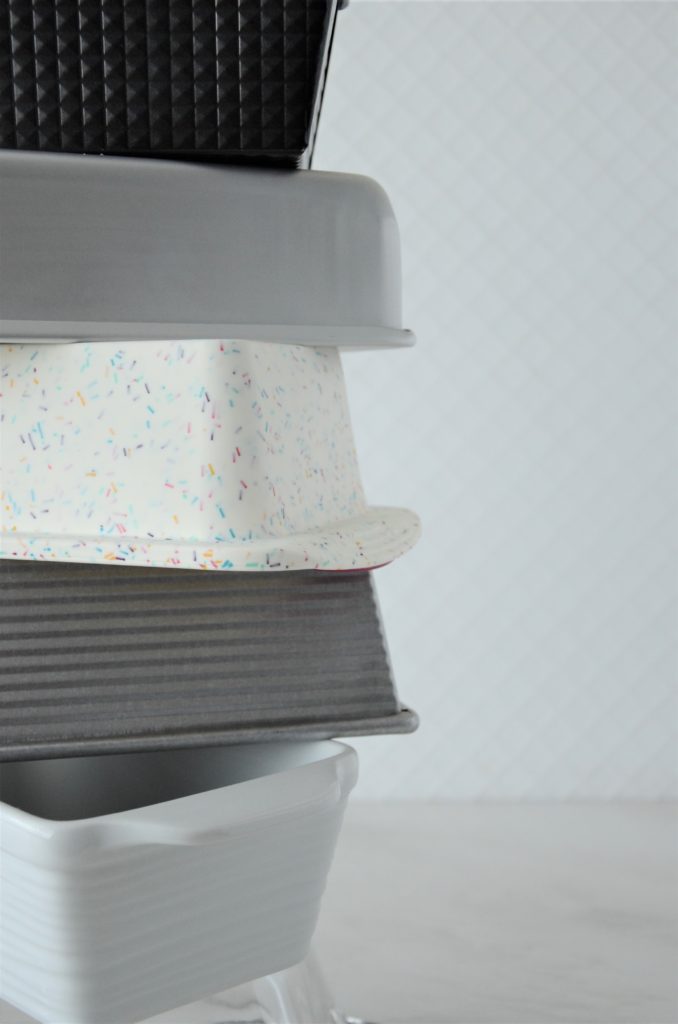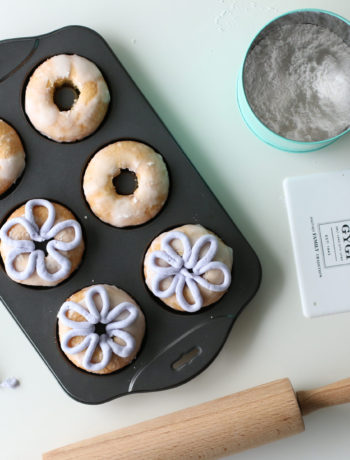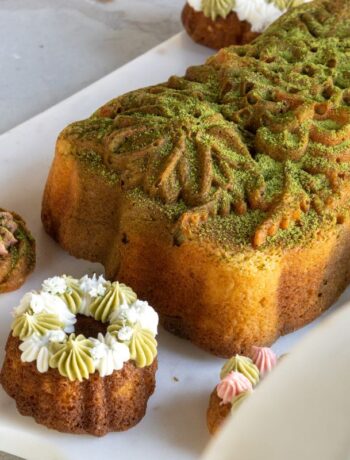Making perfect loaves in a bread pan is both art and science. And it takes quite a lot of know-how and practice before you can really start making golden loaf after golden loaf. We have all had instances where it just doesn’t come out right (it even happened to us in the test-kitchen!). Some of the loaves are too doughy. Some are too well done. Some of them are short and squat instead of high-domed beauties you would expect. What is up with that? Turns out the keys to success usually involve understanding the differences amongst bread pans and adjusting your recipe and bake time accordingly. Ready to dive in? Here are six different types of bread pans and what you should know about them before you start baking.

Aluminum Bread Pan
Anodized aluminum pans are the go-to for most home bakers and are a classic for a reason. These pans are usually our favorites. They will often give you the best rise and the most even baking with a perfectly golden crust. The heat conduction is phenomenal, so they heat up quickly and hold the heat while baking, but will also cool down just as fast once the bread pan comes out of the oven. The pan is heavy-duty and durable, so you can expect it to hold shape through many bakes. And though any bread pan won’t cost you too much, these aluminum varieties are super affordable so you get great quality for a great value.
Tin Bread Pan
You might think all metal bread pans are alike, but you would be mistaken. An anodized tin pan probably took up some space in your grandmother’s kitchen because it was super affordable. Unfortunately, when compared with other pans, these varieties don’t quite hit that quality mark you would expect. They often come in a lower gauge material that heats up quickly — maybe a little too quick. It can be tricky to get an even bake with tin pans, so it is important to watch the edges and test the internal temperature to make sure you get a full bake.
Glass Bread Pan
Almost every kitchen has a glass bread pan. But do you actually use it for bread? You can! As long as you understand that glass is an insulating material. It takes a little longer to warm up and cool down. In bread making, that probably translates to higher baking temperatures and longer cooldown times. These pans are sturdy, but shouldn’t be transferred too soon to the sink because extreme temperature fluctuations can cause them to shatter. But one major benefit of a glass pan is you can see exactly how well the edges and bottom of your bread are baking up.
Silicone Bread Pan
Silicone bread pans are so cute! Check out this one with the confetti! But really, these can’t cook up bread as well as a traditional aluminum pan — can they? You might not expect it, but they can. And silicone pans come with so many benefits you might not have considered. They are easy to wash, easy to store, and lightweight for easy maneuvering. Once the bread is fully cooled, you can turn it out of the bread pan in a flash. The insulating material does take a bit longer to heat and cool, so bakers will need to adjust their bake times. And these pans can be flimsy if you get one that doesn’t have thick enough material or an integrated steel rim. And as a note, you will want to avoid using cooking spray on silicone bread pans, otherwise, they might stain.
Aluminized Steel Bread Pan
As with metal bread pans, these are heavy-duty, durable, long-lasting, and extremely sturdy. You don’t have to worry about any warping or uneven baking. The material heats up quickly and holds the heat for even and predictable baking. That said, you don’t want to cut or serve the bread in these pans. And you will probably want to hand wash them so they will last a really long time. All around a solid pan and a great option if you want something you can count on for years to come.
Ceramic Bread Pan
When gifting bread, it is hard to pass up the beauty and elegance of a traditional ceramic pan. Like glass, the material takes a while to heat up. So it will take longer to cook and cool any bread you bake in a ceramic pan — really, it’s longer than you might think, so be sure to keep a thermometer on hand. But ceramic pans are also one of the few options where you can cut and serve directly from the pan. If you are looking for a gorgeous bake and a gorgeous presentation, then this is your pan.

When baking bread, the very most important thing to understand is your oven. But the second most important thing is to know your bread pan. It might take a little trial and error, but you can get any bread pan to work as long as you understand it might mean adjusting your temperature and your cook time. Want to know how we know? Come follow along with our adventures in the test kitchen with bread making.




